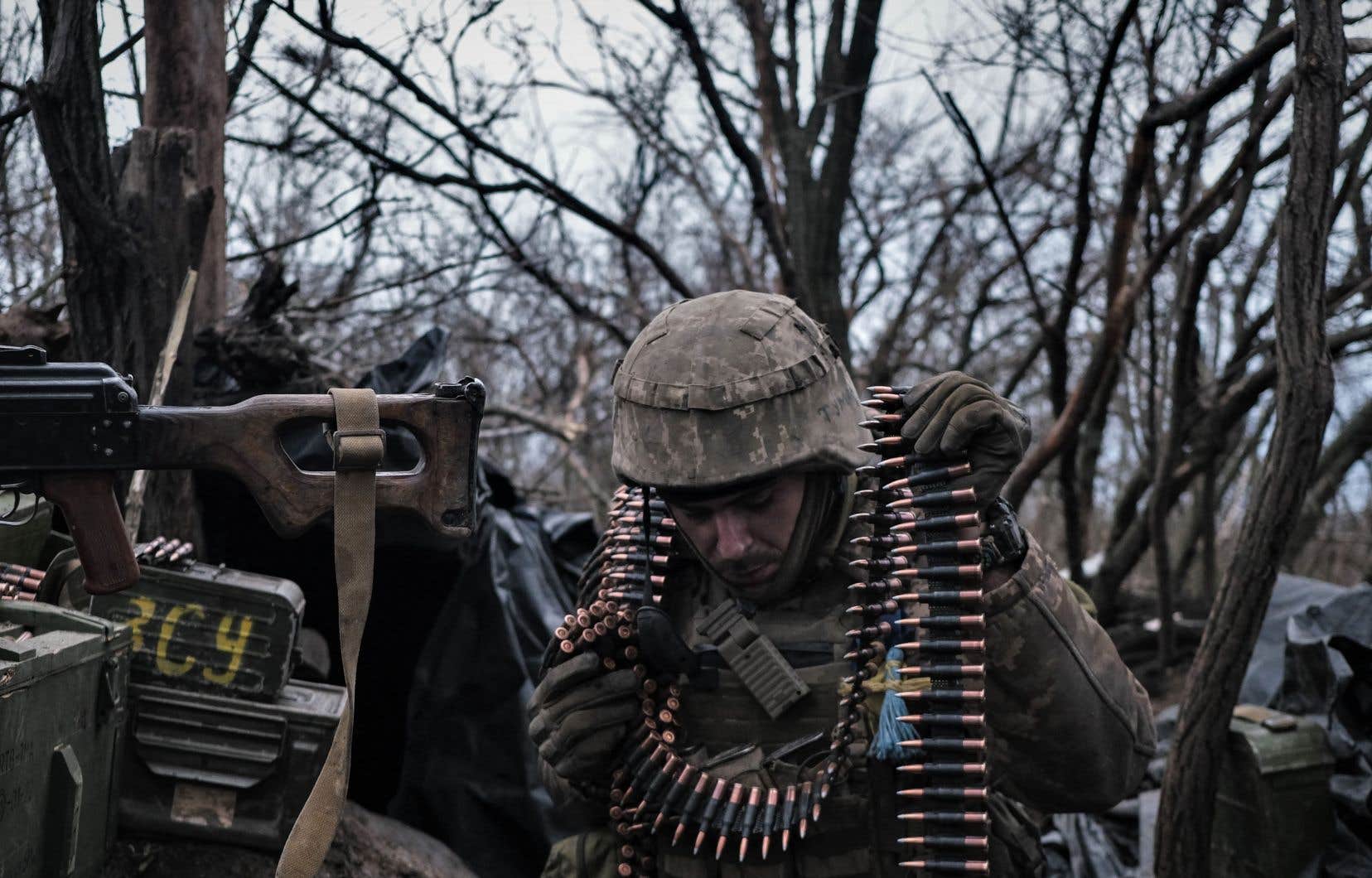Arms imports into Europe have almost doubled in 2022, driven by massive deliveries to Ukraine, which has become the world’s third largest destination, according to a report by the Stockholm International Peace Research Institute (SIPRI) published on Monday.
With a 93% surge over one year, imports have also increased due to the increase in military spending by several European states such as Poland and Norway, which should accelerate further, according to this reference study.
“The invasion has really caused a significant surge in the demand for weapons in Europe, which has not yet shown its full power and will in all likelihood lead to further increases in imports,” Pieter told AFP. Wezeman, co-author of the annual report for more than three decades.
Excluding Ukraine, the increase in European imports still reached 35% in 2022, according to SIPRI data.
Ukraine, hitherto a negligible arms importer, suddenly became the world’s third largest arms destination last year, behind Qatar and India, as a direct result of Western aid to fend off the Russian invasion.
The country alone concentrated 31% of arms imports in Europe and 8% of world trade, according to data sent by SIPRI to AFP as part of its annual report.
kyiv’s imports, including Western donations, have increased more than 60 times in 2022, according to the Stockholm-based institute.
To establish its rankings on the world arms trade, the institute favors units of value that are specific to it, rather than dollars or euros.
If it is difficult to quantify because of the opacity of many contracts, the world arms trade exceeds 100 billion dollars annually, according to experts. For a global amount of military expenditure which for the first time exceeded 2000 billion dollars in 2021, according to SIPRI.
A European plan to give millions of shells to Ukraine
Expected, the jump in European imports is spectacularly accelerating an upward trend on the Old Continent, a consequence of the rearmament initiated several years ago after the annexation of Crimea by Moscow, and which is now accelerating at high speed.
“European countries have either already ordered or are planning to do so all types of armament. Submarines, fighter planes, including drones, anti-tank missiles, guns and radars,” underlines Mr. Wezeman. “Everything is examined, because the idea is to strengthen military capabilities across the spectrum.”
The European Union, which is currently fine-tuning a plan to donate millions of shells to Ukraine, is also working to increase its production locally in Europe.
The project must associate “fifteen industrialists in eleven countries” members, European Commissioner Thierry Breton announced on Monday.
Over the last five years (2018-2022), the period favored by SIPRI to identify trends, European imports have increased by 47% compared to the previous five years, while world trade has declined by 5%.
Unlike Europe, all the other continents show a decline in imports over five years, with a marked drop in Africa (-40%), North and South America (-20%) and even in Asia ( -7%) and in the Middle East (-9%), the world’s leading markets.
Another major shift: according to SIPRI, the Middle East became the leading import zone in 2022 last year, with 32% of the total.
It overtakes Asia-Oceania (30%), which had held the top spot for years. Europe is third at 27%, compared to less than 11% ten years ago.
China, a historical customer of Russia, increasingly produces its weapons locally, which tends to reduce exports to Asia, according to SIPRI.
In addition to Qatar (10% of the total), India (9%) and Ukraine (8%), Saudi Arabia, the United Arab Emirates (7% each) and Pakistan (5%) were major importers.
On the export side, the world top 5 for the last five years is still provided by the United States (40%), then Russia (16%), France (11%), China (5%) and Germany ( 4%), or between them three quarters of the total.
But the American and French shares have increased markedly, while those of the other three have declined.
Russian arms exports, which were around 30% of the total just a few years ago, “have clearly declined” and with the war in Ukraine, the talk is now about Moscow sourcing from China, Wezemann notes.
